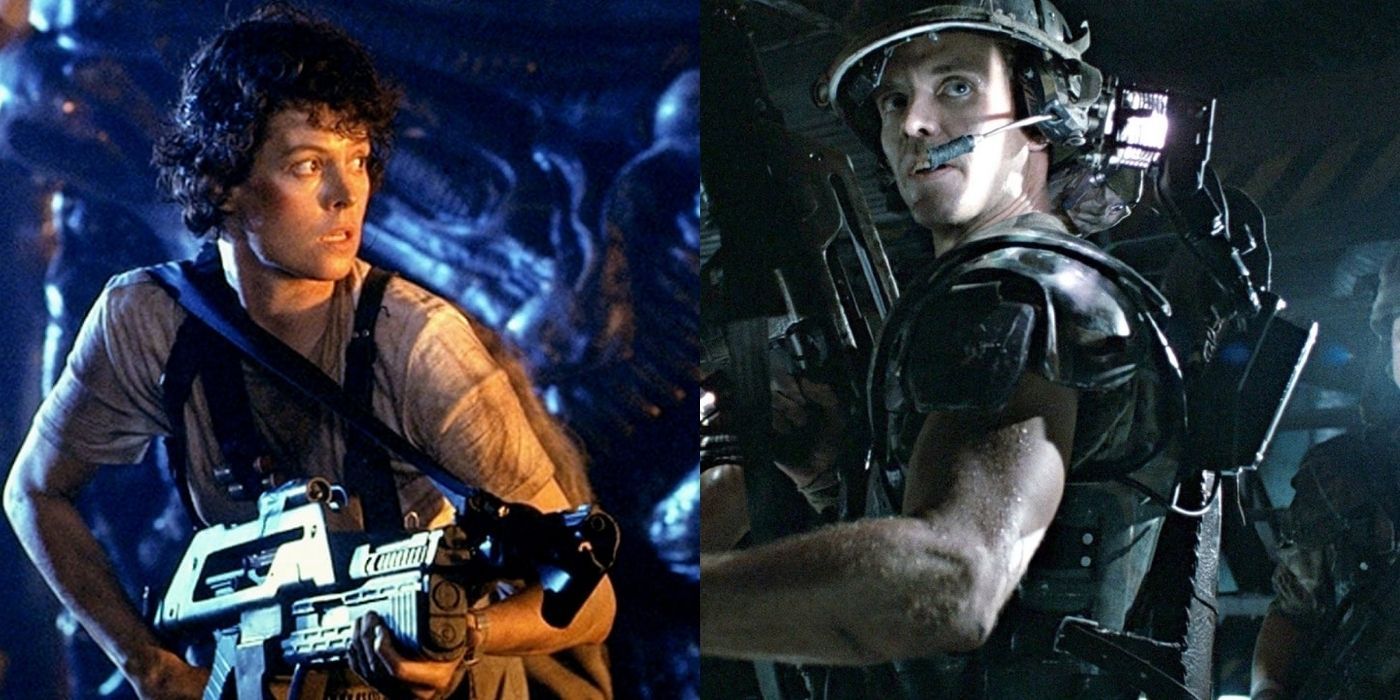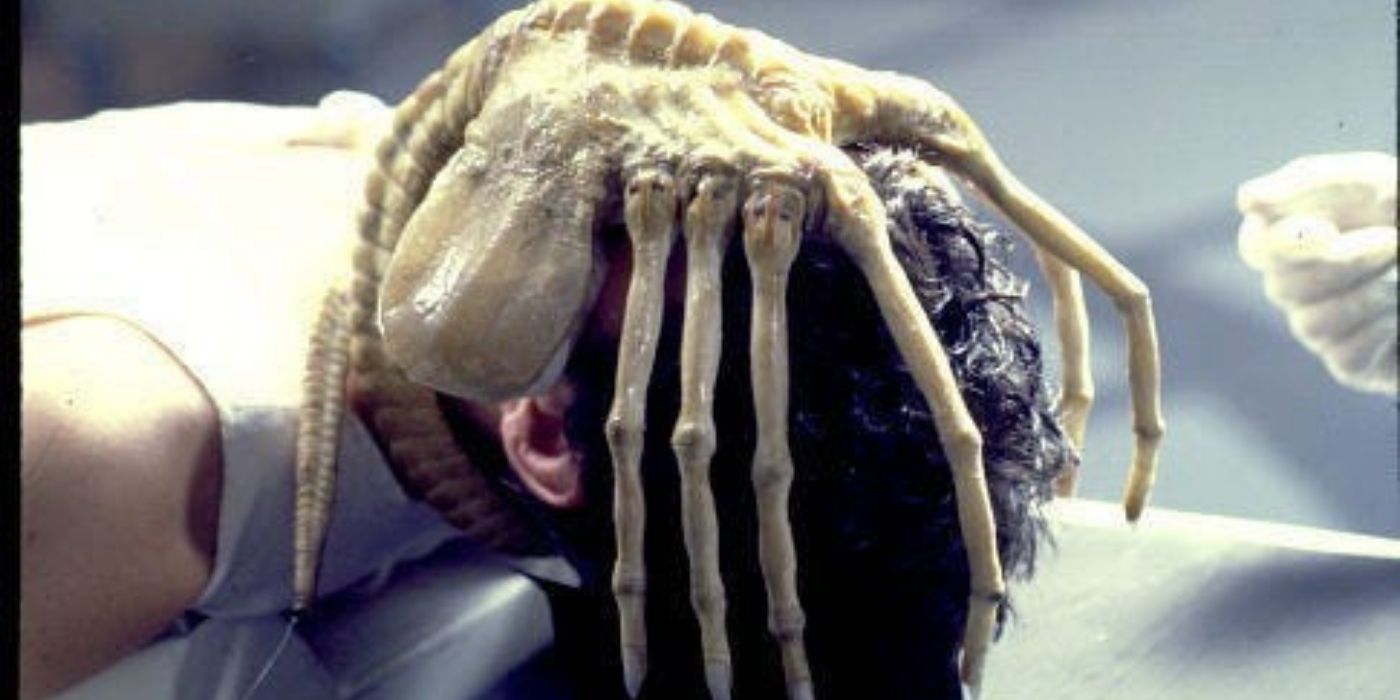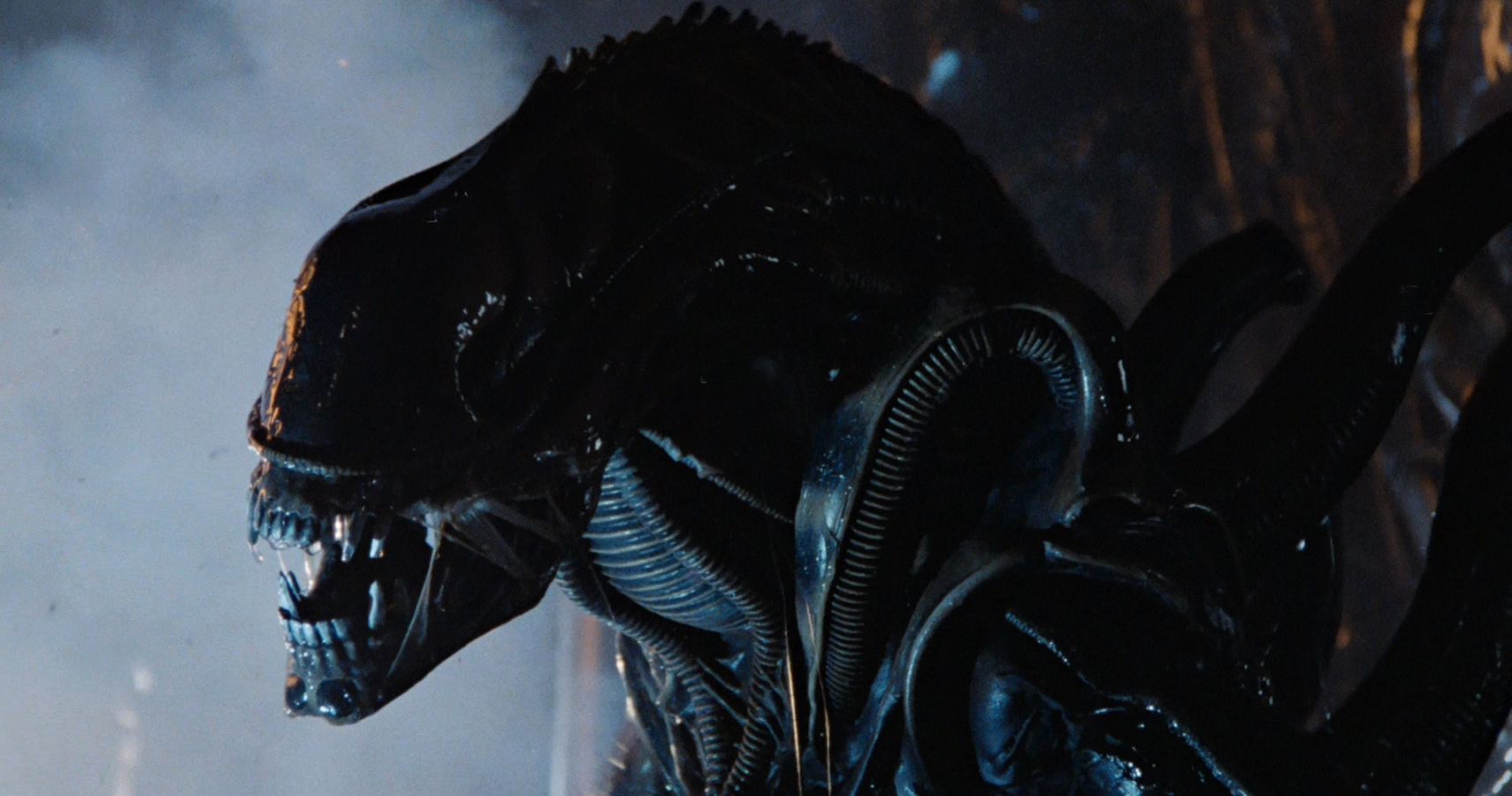Technology has continued to advance at an alarmingly fast rate. There's a concept concerning computers and their rampant growth in speed known as Moore's Law. Moore's Law states that about every two years computers will become twice as fast and more affordable. This law seems to hold up in most instances. More people than ever work on computers and almost everyone has a small computing device in their pockets at all times in the current time period in the form of their smartphones. One thing that Moore's Law does not state, however, is that technology will be better at creating more realistic effects in movies.
The films that audiences are presented with nowadays rely heavily on computer graphics for special effects. In some cases, this can be a feast for the senses. However, when executed poorly these effects can stand out like a sore thumb and take the viewer out of the experience entirely. There's a case to be made for practical effects in movies and television today for many reasons. One property that stands out in this debate is the Alien franchise. Having started in the late '70s, each film has been able to take advantage of the technological progress that has come along with each decade. The upcoming television series from FX would do well to learn from the series' practical effects, especially those of the original films.
Before jumping into the reasons for championing practical effects, it is important to give CG effects their due. Movies like those in the Marvel Cinematic Universe are examples of what computer-rendered special effects can achieve at their very best. However, many films do not have the budgets that Marvel can provide for their films, and it definitely shows. Even when films do have enormous budgets, it doesn't always guarantee that CG effects will be totally seamless either.
Take for example the recently released Snyder Cut, which was given millions of dollars to enhance the previous theatrical release of the same film. Cyborg, whose body is almost entirely comprised of CG effects, does not consistently look natural when lined up next to the other heroes in the film. Another more infamous example of jarring CG is the computer removal of Henry Cavill's mustache, giving his upper lip an unnatural look in some scenes. The main villain of the film, Steppenwolf, almost looks like he would fit in with a World of Warcraft commercial. Especially in scenes where he's opposite of bigger bad Darkseid, who is also comprised entirely of CG.
Going back to Moore's Law, there's also the argument against CG graphics because technology advances so quickly, it can end up making past films feel dated. Most films from the 90s that utilize digital effects fall under this category. Star Wars Episode I: The Phantom Menace is an example of a movie that has not aged very well. It's not to say that the film looks bad by any means, but characters like Jar Jar Binks, Watto, and Sebulba who are made up entirely of computer effects are notably less immersive than characters in the original Star Wars. Episode IV is a notable example of the advantages of practical effects, as it has actually aged very well compared to the films in the prequel trilogy.
Even more recent television series like Netflix's Stranger Things have not aged incredibly well when it comes to special effects. Sure, season 3 looks pretty great overall, but a lot of that has to do with the increased budget that series has earned through amassing such a large following. If one were to go back and revisit the first season, they may be shocked to find how quickly the original Demogorgon has begun to look like a bit cheap. From the creature's movement to its placement within real-life scenes, it simply appears unnatural to the naked eye. The reason for this is also scientific.
There's another type of law that works in favor of practical effects, known as The Uncanny Valley. The basic principle of this is that no matter how realistic an environment computer graphics are able to produce, living beings created by artificial means will always appear slightly off, or uncanny, to the human eye. The newest Alien films like Prometheus and Alien: Covenant suffer from this to an extent. The effects look incredible, but they just don't quite feel as immersive as the practical effects of the original Alien. Alien 3 is a key example of this, with a digitally rendered Xenomorph that is born out of a dog. It just doesn't look as convincing as anything from the original film, where instead of reliance on a CG rendition of a Xenomorph there is a man in a costume for many scenes.
This is what the new FX series needs to take into account. If it really wants to feel fresh, it should buck the recent trend of CG being the dominant form of special effects and look back to the series' roots. If it can create anything have as striking as the original Xenomorph, or even the Queen from Aliens, it's off to the right start. Time will tell which route the series takes, but considering the talent behind the series it's a safe bet this will be a thrill ride for audiences either way.



